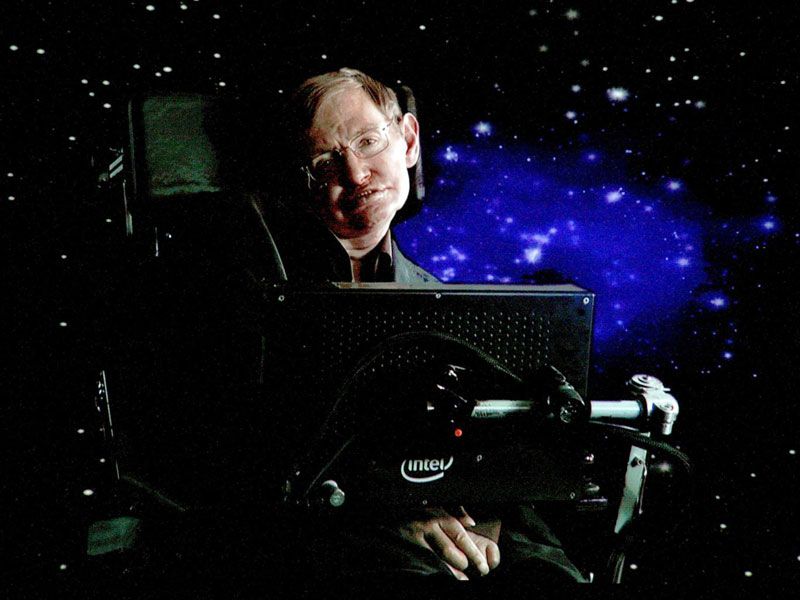Interstellar travel project
March 21, 2017 | Expert Insights

Stephen Hawking is backing a project to send tiny spacecraft to another star system within a generation. They would travel trillions of miles; far further than any previous craft. A $100m research programme to develop the computer chip-sized "star ships" was launched by the billionaire Yuri Milner, supported by Facebook founder Mark Zuckerberg. Interstellar travel has long been a dream for many, but significant technological hurdles remain. But Prof Hawking told that fantasy could be realised sooner than we might think.
Is it possible to develop spaceships capable of travelling to another star?
- The organisation has brought together an expert group of scientists to assess whether it might be possible to develop spaceships capable of travelling to another star within a generation and sending information back.
- The nearest star system is 40 trillion km (25 trillion miles) away. Using current technology, it would take about 30,000 years to get there.
- The expert group concluded that with a little more research and development it might be possible to develop spacecraft that could cut that journey time to just 30 years.
- Few years ago, travel to another star at that kind of speed would not be possible. But the expert group figured out that because of developments in technology there appears to be a concept that appears to work.
- The concept is to reduce the size of the spacecraft to about the size of a chip used in electronic devices. The idea is to launch a thousand of these mini-spacecraft into the Earth's orbit. Each would have a solar sail.
- This is like a sail on a boat - but it is pushed along by light rather than the wind. A giant laser on Earth would give each one a powerful push, sending them on their way to reaching 20% of the speed of light.
- It sounds like science fiction but Yuri Milner, who was named after Yuri Gagarin by his parents, believes that it is technically possible to develop these spacecraft and get to another star within our lifetimes.
- The human story is one of great leaps. "Fifty-five years ago, Yuri Gagarin became the first human in space.
Analysis
Astronomers believe that there is a reasonable chance of an Earth-like planet orbiting one of the stars in the Alpha Centauri system. But we will know more in the next two decades from ground based and space based telescopes.
Challenges and apparent impossibilities abound but at least it's a start. For the first time there seems to be a global interest in reaching for the stars and it's starting to be matched by significant quantities of money that will be used to make huge advances in basic interstellar science.
Star shot's eventual mission may not even resemble the plan it's starting out with, but interstellar science needs this kind of investment to at least test the theory and work the problems encountered.
"We've got to start somewhere … the interest in interstellar exploration, that's what we've been fighting for. It's one of the missions of Icarus Interstellar to make interstellar research commonplace and to raise awareness.
Assessment
“There are no greater heights to aspire to than the stars. It is unwise to keep all our eggs in one fragile basket.”
There would be significant difficulties, but it is a concept worth looking at to see if we could really reach another star system within a human lifetime.








Comments